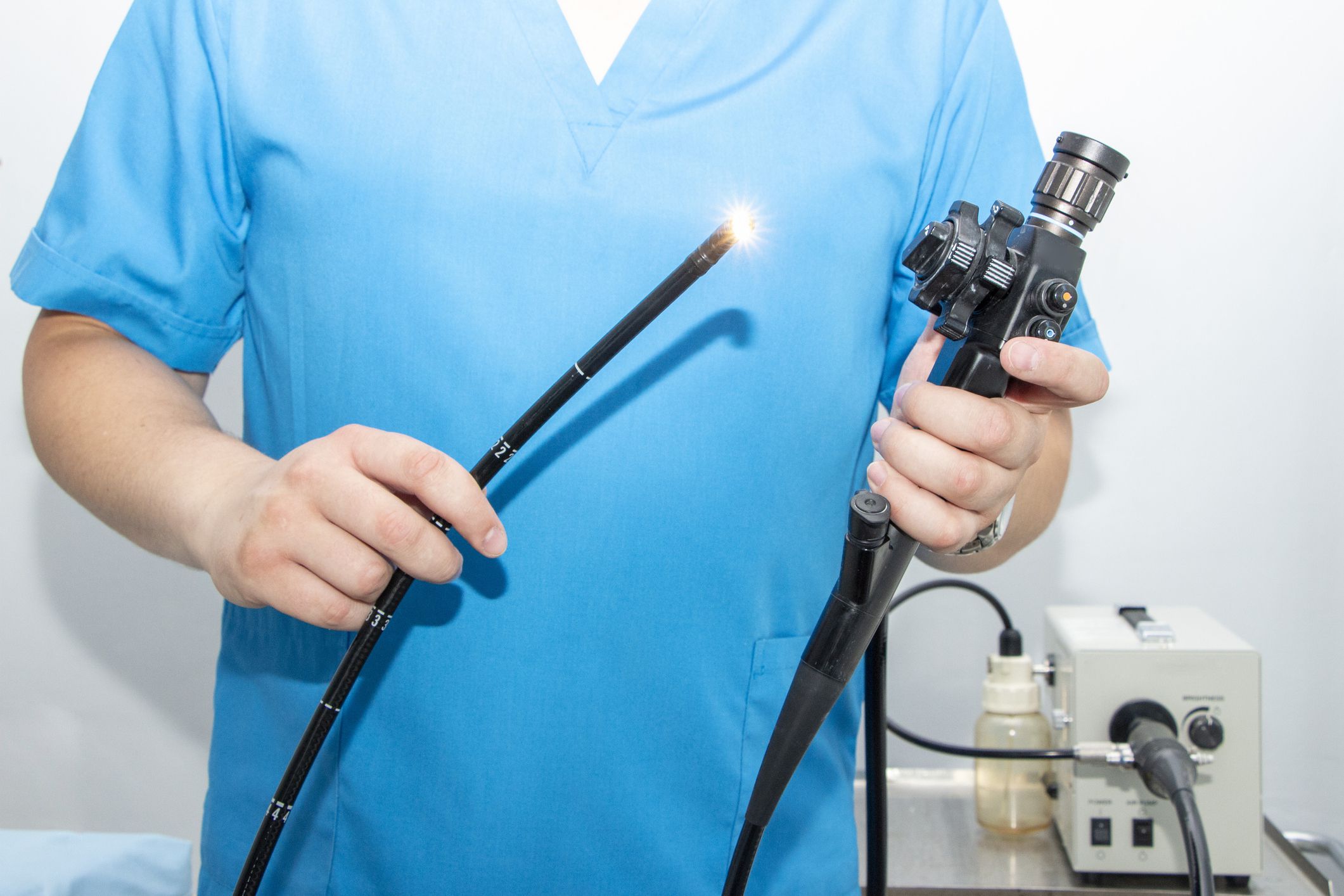Most people know that physical activity cuts the risk of heart disease and diabetes, helps maintain weight and boosts happiness. What’s less known, however, is its surprising role in the care of people with cancer and other chronic health conditions.
Here are 3 ways physical activity is literally life-changing, according to science.
Exercise helps with cancer treatment
You might assume that people diagnosed with cancer hang up their football boots or cancel their gym membership.
But a top cancer organisation is strongly advising that all people with cancer stay active and work towards at least 2.5 hours of moderate-intensity exercise per week, or 75 minutes of vigorous intensity (e.g. walking, running, cycling or swimming), as well as 2 to 3 resistance training sessions (e.g. lifting weights) — even during treatment.
The Clinical Oncology Society of Australia (COSA) recently launched a position statement, or recommendation, titled ‘Exercise in Cancer Care’, a world first that’s been endorsed by the Cancer Council. Exercise, done under the supervision of an exercise physiologist or physiotherapist with experience working with cancer patients, can counteract the adverse effects of treatments and improve recovery.
“Based on what the science tells us, exercise is one of the best medicines people with cancer can take in addition to their cancer treatments,” says Associate Professor Prue Cormie, Chair of the COSA Exercise and Cancer Care Group and lead author of the position statement.
“Cancer patients who exercise regularly experience fewer and less severe side effects from treatments, have a lower relative risk of cancer recurrence and a lower relative risk of dying from their cancer. Exercise can help cancer patients tolerate aggressive treatments, counteract cancer-related fatigue, relieve mental distress and improve quality of life.”
It’s estimated that only 1 in 10 people diagnosed with cancer will exercise enough during and after treatments. Professor Cormie believes every one of them would benefit from staying active. “The recommendation is that people with cancer be as physically active as their current ability and conditions allow,” she says.
Exercise helps prevent depression
A large study suggests that high levels of physical activity can help stop the emergence of depression, regardless of a person’s age or where they live.
An international team, including researchers from Western Sydney University, the Black Dog Institute and UNSW Sydney, looked at the data of more than 266,000 people from all over the world. They found that, when compared with people with low levels of physical activity, participants with high levels of physical activity were less likely to develop depression.
It didn’t matter if the person was young, an adult or elderly.
This supports the findings of another recent study by the Black Dog Institute and UNSW which revealed that more than 1 in 10 cases of depression could have been prevented if the study participants had exercised for just 1 hour per week.
Exercise helps people with arthritis
According to Arthritis Australia, regular physical activity is one of the most effective treatments for arthritis, including osteoarthritis and rheumatoid arthritis. It reduces symptoms and boosts the mobility and flexibility of joints, muscle strength, posture and balance. It decreases pain, fatigue, muscle tension and stress.
All Australian adults, whether they have arthritis or not, should be aiming for a total of at least 30 minutes of activity on most days of the week. There isn’t one particular exercise that is suited for all people with arthritis, so if you have the condition, talk to your doctor or physiotherapist about the type and level of activity that’s best for you – particularly if you have another health condition such as chronic heart failure or vasculitis.




